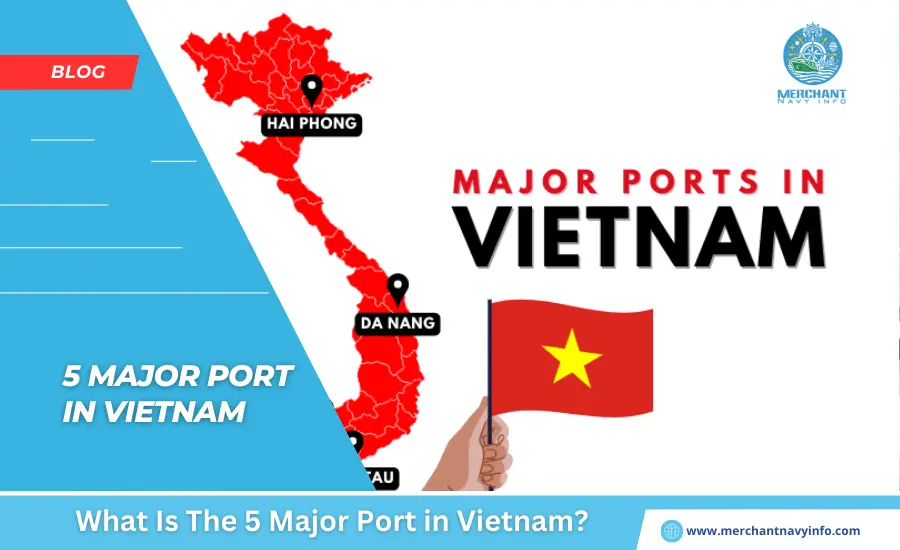
Vietnam shares a border with an Thailand through the Gulf of Thailand. Ports in Vietnam main maritime trade activity is through the South China Sea to the east and south. Chinese intervention in the Middle Ages and French colonisation in the late 18th century left the Vietnamese economy devastated by decades of war. French forces tried to retake positions in Vietnam during the Indochina War but were defeated. The country then split into two camps again, backed by China and the Soviet Union in the north and the United States in the south, and again experienced years of war.
Port Infrastructure In Vietnam
Vietnam has a coastline of 3,444 km (total length) with several ports along the coast. The very long coastline on the South China Sea makes Vietnam a very important trade hub for the West and the East. The focus on the transfer of large volumes of cargo from China and Singapore to Vietnam has driven port infrastructure development in the region. Changes in the supply chain is triggered by the US-China trade war in late 2018 have led foreign investors to view Vietnam as a viable option for setting up manufacturing bases and import-export activities.
The total number of ports in Vietnam, including several smaller ports, is 320. The country has only a few major commercial ports that can efficiently handle heavy traffic. Smaller ports act as hubs for handling goods, while larger ports are continuously expanding for foreign trade. In the ranking of the quality of port infrastructure, Vietnam is currently ranked 80th out of 130 countries.
Major Ports In Vietnam
Vietnam has a large number of smaller ports, but they lack the infrastructure to handle international cargo. According to data from the Vietnam Ports Association, almost 80% of container ships pass through these smaller ports due to their proximity to commercial hubs. Due to the lack of a developed rail network, transporting cargo to major ports in Vietnam is difficult and takes a lot of time and effort. Although the Vietnamese government has stepped up efforts to improve deep-water port infrastructure, the lack of deep-water ports still results in a reported annual loss of USD 2.4 billion. Some of the major commercial ports in Vietnam are:
1. Hai Phong Port:
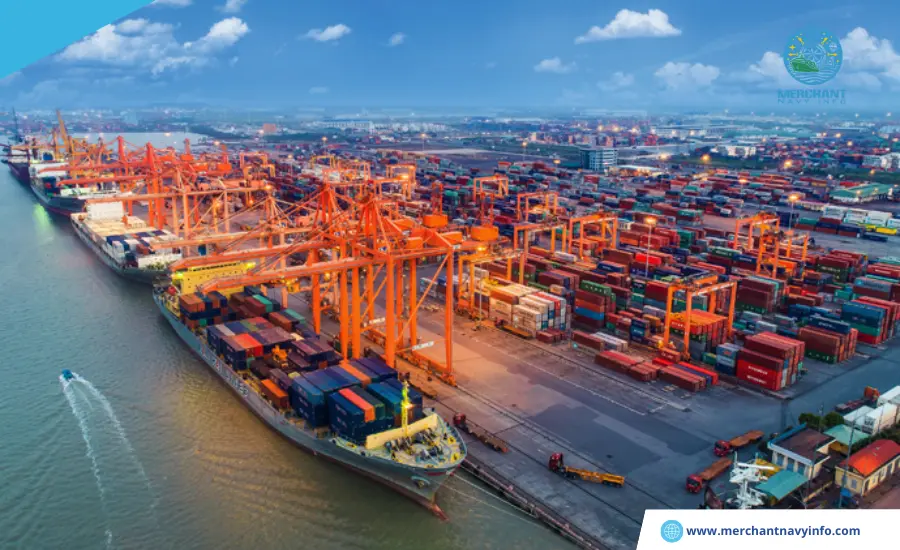
VNHPH Hai Phong Port is one of the largest and most important ports in northern Vietnam. It was built by French colonialists in the late 18th century but has been expanded in recent years to improve access. It is also one of the most modern ports in Southeast Asia, and it has advanced navigation and network facilities. Hai Phong is located near at the Red River Delta, a key hub for trade and international affairs.
Its close proximity to the Chinese border and excellent access to major northern cities such as Ho Chi Minh City, Can Tho, and Da Nang make the city a bustling commercial center. Hai Phong is connected by rail, road, air, inland waterways, and sea. The annual cargo handling capacity of Hai Phong Port is 10 million tons. The maximum and minimum deadweight capacity of ships that can enter the port are 40,000 and 700 tonnes, respectively. The average channel depth of Hai Phong Port is 8.5 meters, and the total length of the quay is 3567 meters.
2. Da Nang Port:
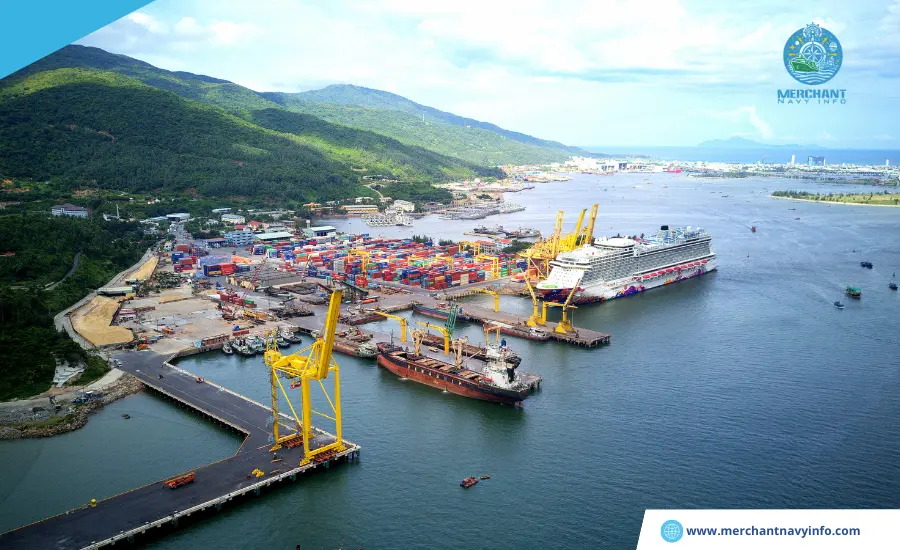
VNDAD Da Nang Port is one of the largest ports in Central Vietnam. It is a link between South and North Vietnam, with a total area of about 300,000 square meters.
Port has three piers:
- Tien Sa Son Tra Pier
- Tho An Pier
- Lien Chieu Pier.
The maximum size of vessels that the port can accommodate is 45,000 DWT, but the port infrastructure will be improved to increase this capacity up to 50,000 DWT. It is a medium-sized deep-water port and is strategically important for maritime trade in the South China Sea. The west bank of Da Nang Port is reserved for the Vietnamese Navy, while merchant ships are anchored closer to the east bank. The entire port of Da Nang is a natural harbor with a channel depth of up to 13 meters at the mouth of the Hang Giang River. It also contains an oil depot connected to the bay by an oil pipeline.
3. Saigon Port:
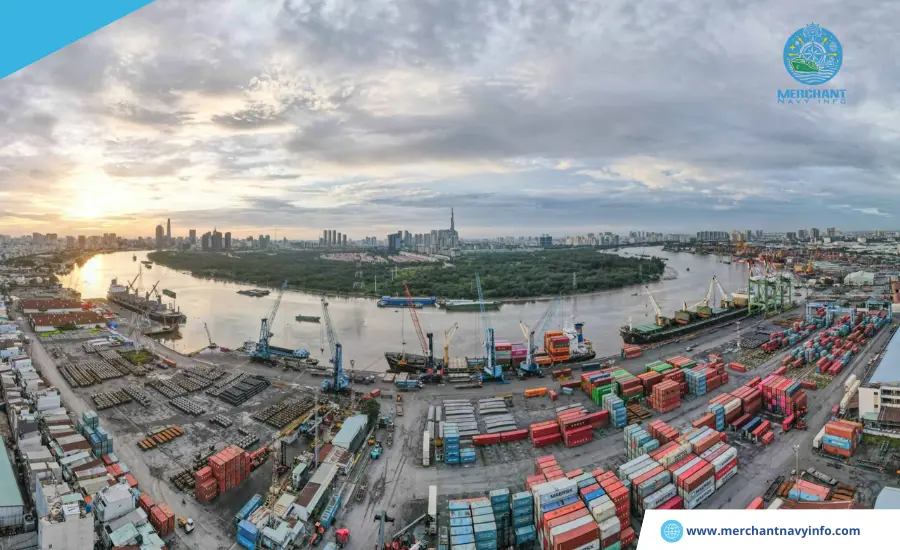
VNSGN Saigon is the former name of Ho Chi Minh City, Vietnam’s largest city and its most important commercial center. Ho Chi Minh City surrounds the Saigon River, which flows into the South China Sea 20 km northeast of the Mekong Delta. The port is an managed and operated by the Saigon Newport Company, a Vietnamese government-owned enterprise. It was opened to international trade by French colonial rulers in 1860 and has served the country’s maritime trade ever since. The port is an important hub for the Mekong Delta and southeastern Vietnam. Ho Chi Minh City is Vietnam’s largest industrial center. Major industries include shipbuilding, chemical manufacturing, fish processing, agriculture, and construction.
4. Port Of Vung Tau:
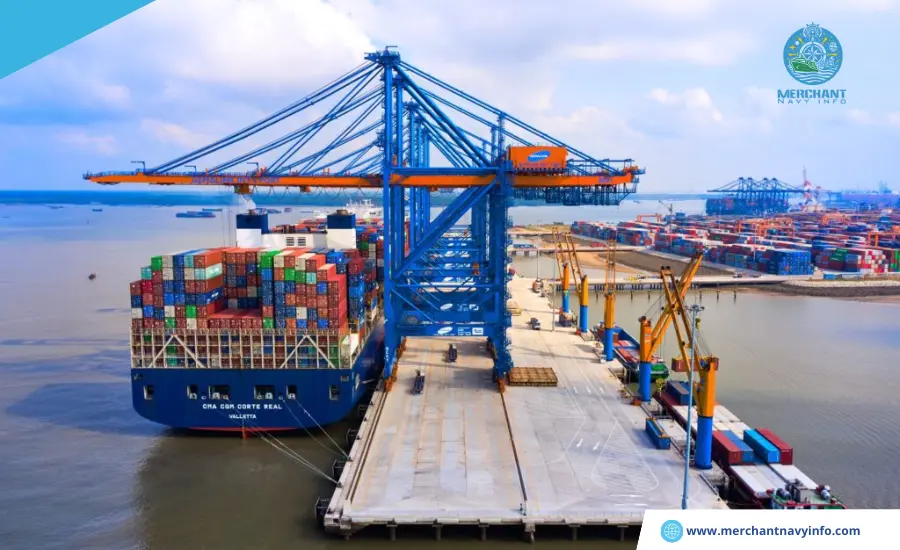
VNVUT The city of Vung Tau is located at the mouth of the Saigon River in Ba Ria-Vung Tau Province. The Port of Vung Tau is on the southeast coast of Vietnam. The port is part of a group of several ports that serve primarily as Vietnam’s oil and gas trading center. Vung Tau, along with an Ho Chi Minh City, is an important international access point for the country. Vung Tau Port has an total length of 14 km and an average channel depth of 4.5 meters. The maximum size of vessels that the port can accommodate is 8000 GRT (gross registered tonnage). The port has a 12,000 square meter warehouse and a 950-ton refrigeration facility for handling fishery products. The shipyard at Vung Tau Port has facilities for electrical repairs, general maintenance of ships, and modern communication and navigation systems.
5. Quang Ninh Port:
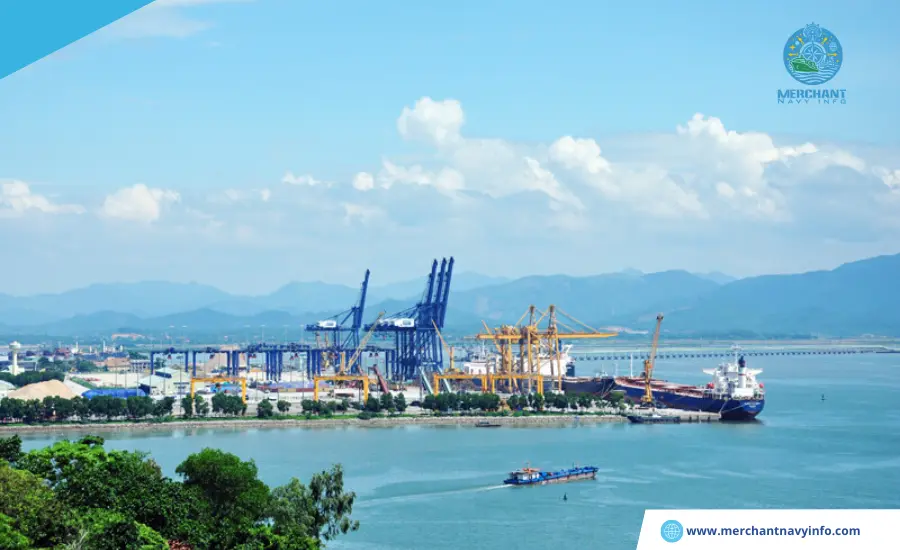
VNQNH Quang Ninh Port is an very important part of the exclusive economic zone of Northern Vietnam. It is the second most important port after Hai Phong. Large cargo ships and container carriers pass through Quang Ninh regularly. Quang Ninh province produces is almost 90% of the country’s anthracite coal. In addition to coal, the region has abundant deposits of limestone, clay, granite, and oil. The province is developing as a commercial and industrial center in northern Vietnam. It is well connected to the rest of Vietnam by road, rail, and sea.
Conclusion
Vietnam is one of the a fastest-growing economies in at the ASEAN region. The country has many small ports, making it difficult to concentrate traffic at larger, more efficient ports. Many places along the coast are not easily reachable by larger cargo ships, so small ports account for almost 80% of maritime freight traffic. Large river basins mean the country is highly dependent on these small ports for the transport of goods and services.









